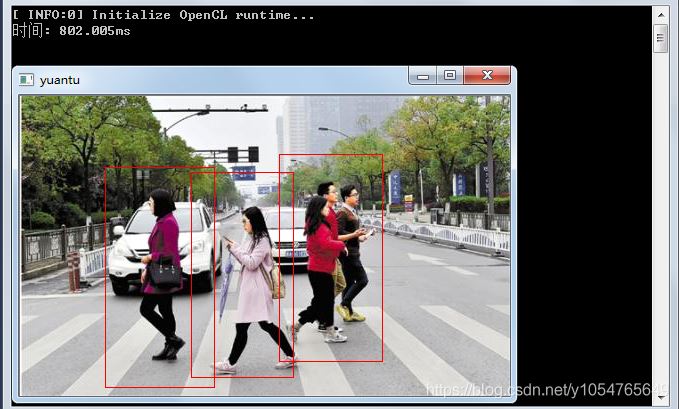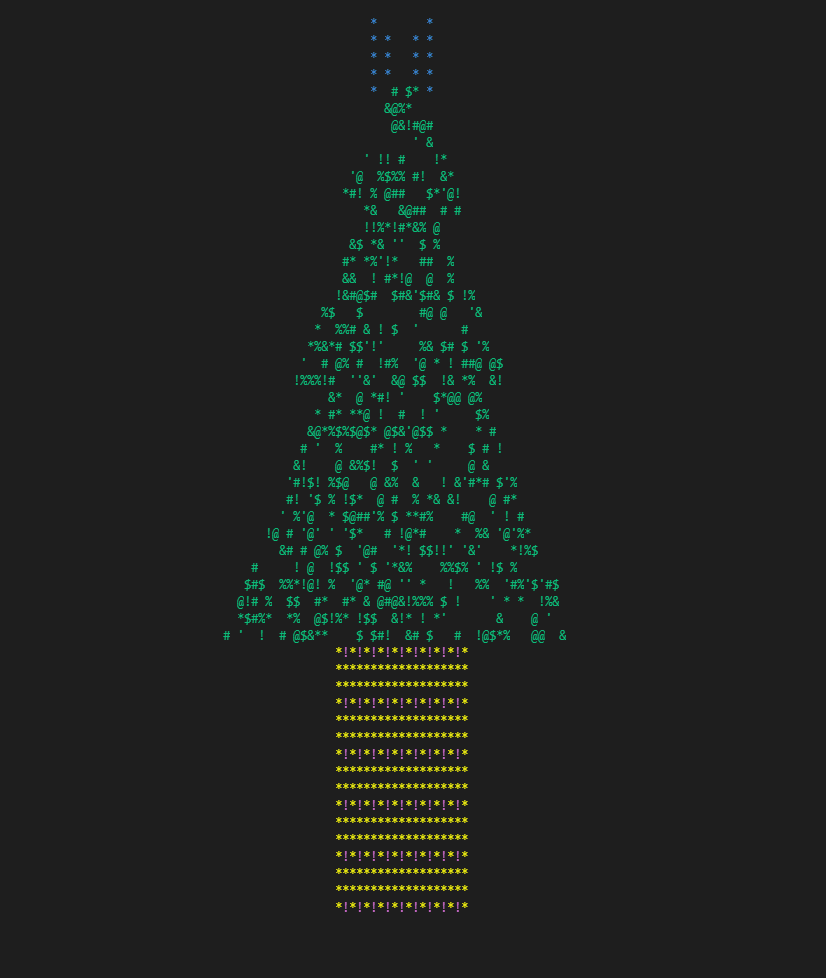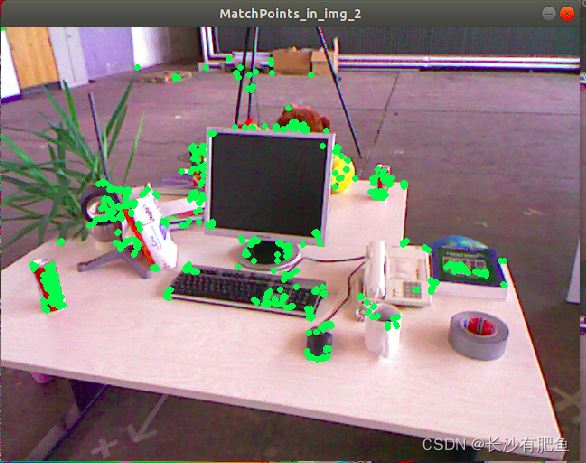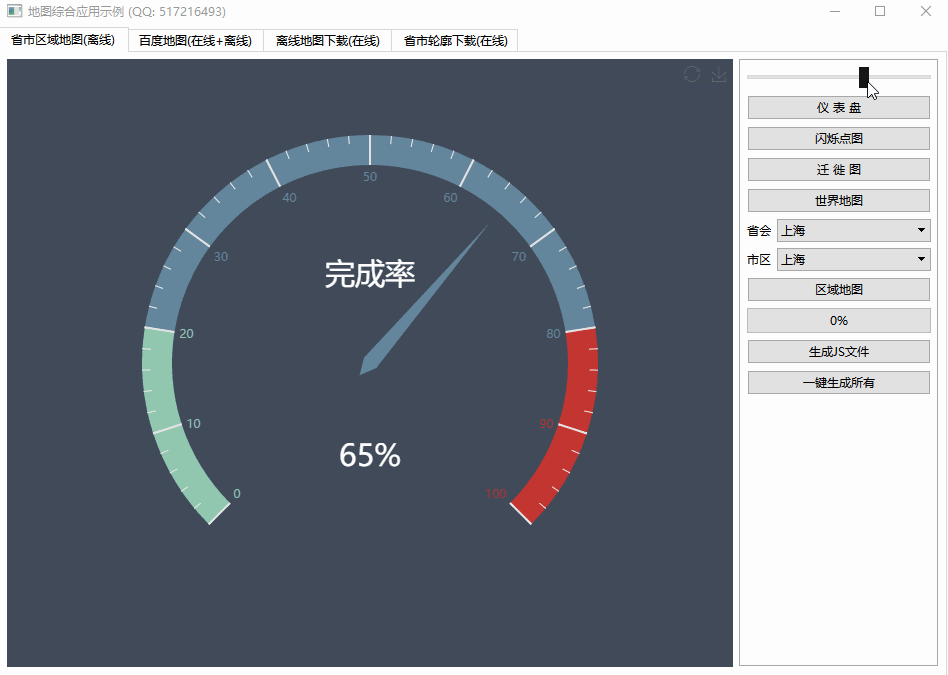OpenCV tracking using optical flow(使用光流的 OpenCV 跟踪)
问题描述
我用它作为跟踪算法的基础.
I use this to functions as a base of my tracking algorithm.
//1. detect the features
cv::goodFeaturesToTrack(gray_prev, // the image
features, // the output detected features
max_count, // the maximum number of features
qlevel, // quality level
minDist); // min distance between two features
// 2. track features
cv::calcOpticalFlowPyrLK(
gray_prev, gray, // 2 consecutive images
points_prev, // input point positions in first im
points_cur, // output point positions in the 2nd
status, // tracking success
err); // tracking error
cv::calcOpticalFlowPyrLK 将上一张图像的点向量作为输入,并返回下一张图像上的适当点.假设我在上一张图像上有随机像素 (x, y),如何使用 OpenCV 光流函数计算该像素在下一张图像上的位置?
cv::calcOpticalFlowPyrLK takes vector of points from the previous image as input, and returns appropriate points on the next image. Suppose I have random pixel (x, y) on the previous image, how can I calculate position of this pixel on the next image using OpenCV optical flow function?
推荐答案
在您编写时,cv::goodFeaturesToTrack 将图像作为输入并生成它认为适合跟踪的点向量"".这些是根据它们从周围环境中脱颖而出的能力来选择的,并且基于图像中的哈里斯角.通常通过将第一张图像传递给 goodFeaturesToTrack 并获取一组要跟踪的特征来初始化跟踪器.然后可以将这些特征作为前一个点以及序列中的下一个图像传递给 cv::calcOpticalFlowPyrLK,它将产生下一个点作为输出,然后在下一次迭代中成为输入点.
As you write, cv::goodFeaturesToTrack takes an image as input and produces a vector of points which it deems "good to track". These are chosen based on their ability to stand out from their surroundings, and are based on Harris corners in the image. A tracker would normally be initialised by passing the first image to goodFeaturesToTrack and obtaining a set of features to track. These features could then be passed to cv::calcOpticalFlowPyrLK as the previous points, along with the next image in the sequence and it will produce the next points as output, which then become input points in the next iteration.
如果您想尝试跟踪一组不同的像素(而不是由 cv::goodFeaturesToTrack 或类似函数生成的特征),只需将这些提供给 cv::calcOpticalFlowPyrLK 连同下一张图片.
If you want to try to track a different set of pixels (rather than features generated by cv::goodFeaturesToTrack or a similar function), then simply provide these to cv::calcOpticalFlowPyrLK along with the next image.
很简单,在代码中:
// Obtain first image and set up two feature vectors
cv::Mat image_prev, image_next;
std::vector<cv::Point> features_prev, features_next;
image_next = getImage();
// Obtain initial set of features
cv::goodFeaturesToTrack(image_next, // the image
features_next, // the output detected features
max_count, // the maximum number of features
qlevel, // quality level
minDist // min distance between two features
);
// Tracker is initialised and initial features are stored in features_next
// Now iterate through rest of images
for(;;)
{
image_prev = image_next.clone();
feature_prev = features_next;
image_next = getImage(); // Get next image
// Find position of feature in new image
cv::calcOpticalFlowPyrLK(
image_prev, image_next, // 2 consecutive images
points_prev, // input point positions in first im
points_next, // output point positions in the 2nd
status, // tracking success
err // tracking error
);
if ( stopTracking() ) break;
}
这篇关于使用光流的 OpenCV 跟踪的文章就介绍到这了,希望我们推荐的答案对大家有所帮助,也希望大家多多支持编程学习网!
本文标题为:使用光流的 OpenCV 跟踪


基础教程推荐
- 这个宏可以转换成函数吗? 2022-01-01
- 如何在 C++ 中初始化静态常量成员? 2022-01-01
- 在 C++ 中计算滚动/移动平均值 2021-01-01
- 如何通过C程序打开命令提示符Cmd 2022-12-09
- 常量变量在标题中不起作用 2021-01-01
- 如何检查GTK+3.0中的小部件类型? 2022-11-30
- 静态库、静态链接动态库和动态链接动态库的 .lib 文件里面是什么? 2021-01-01
- C++结构和函数声明。为什么它不能编译? 2022-11-07
- 如何将 std::pair 的排序 std::list 转换为 std::map 2022-01-01
- 我有静态或动态 boost 库吗? 2021-01-01

















